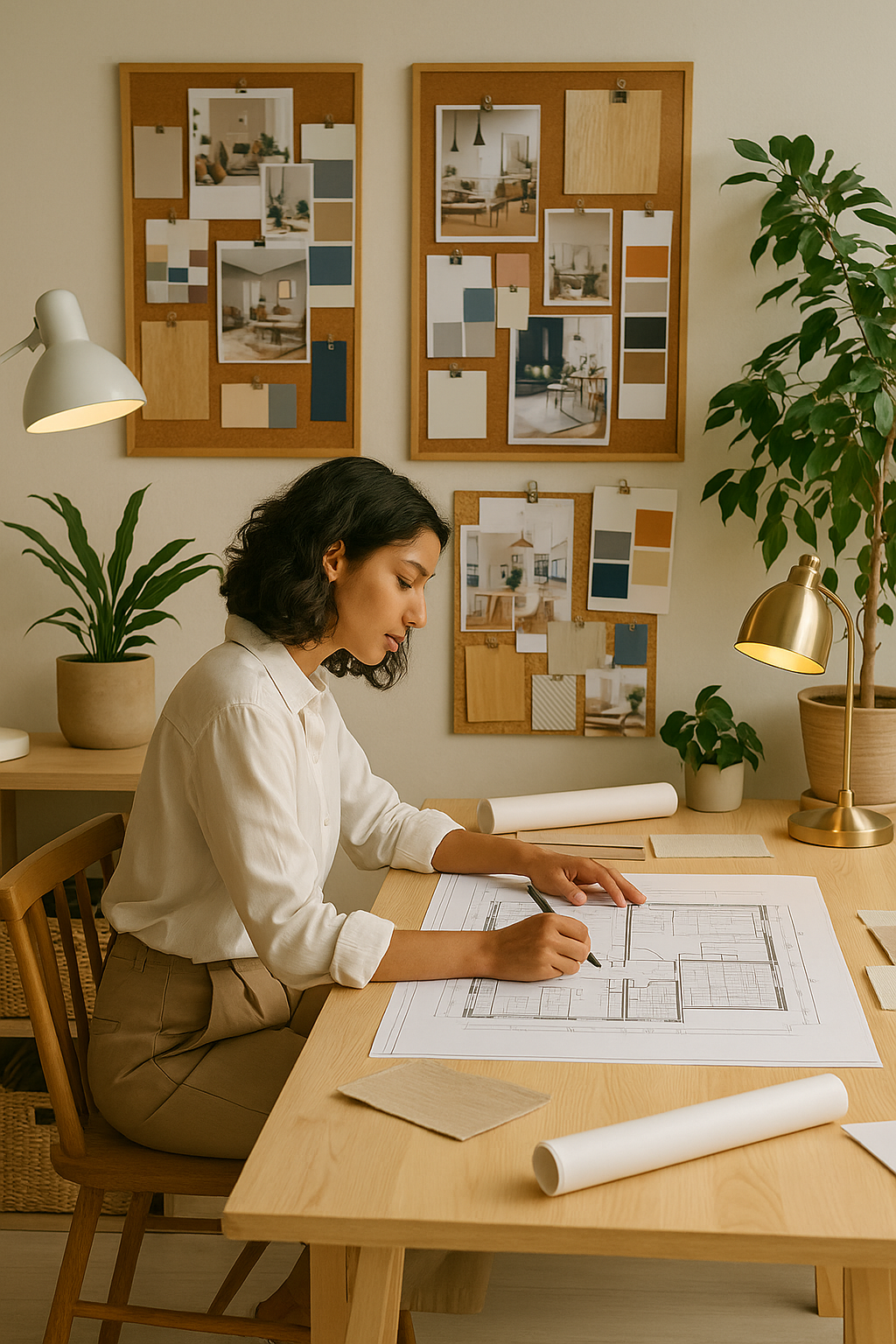Designing a room can be a challenging task, but one of the key elements to a successful design is creating a focal point. A focal point is a feature in a room that draws the eye and sets the tone for the overall design. Whether it's a fireplace, a piece of artwork, or a statement piece of furniture, having a focal point can enhance the overall design of a room. In this article, we will explore how to understand and create focal points, how to use design elements to draw attention to a focal point, and how to enhance the overall design of a room.
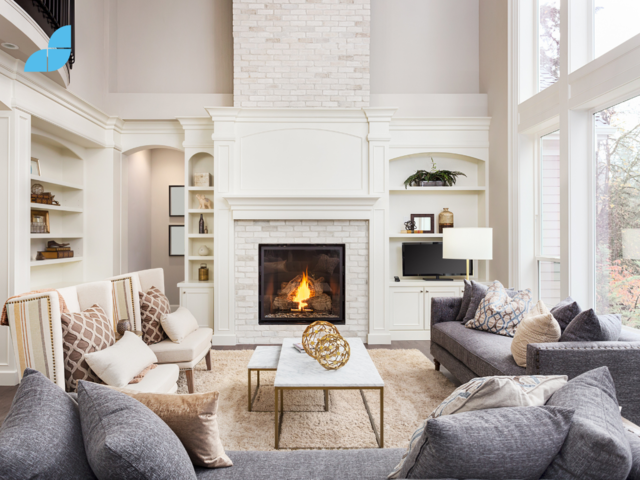
Understanding Focal Points
A focal point is a feature in a room that catches the eye and is the center of attention. It can be an existing feature such as a fireplace or a large window, or it can be created with a piece of artwork or a statement piece of furniture. Focal points can be used to create drama and that wow-factor in a room! A strong focal-point can be used to direct the eye and create a sense of flow while influencing the overall design style of a room.
There are several different types of focal points that can be used in a room including architectural, artistic, and furniture focal points. Architectural focal points include features such as fireplaces, large windows or exposed brick walls. Artistic focal points include pieces of artwork, sculptures, and gallery walls. Statement pieces such as a large armchair, a grand piano, or a unique coffee table are considered furniture focal points.
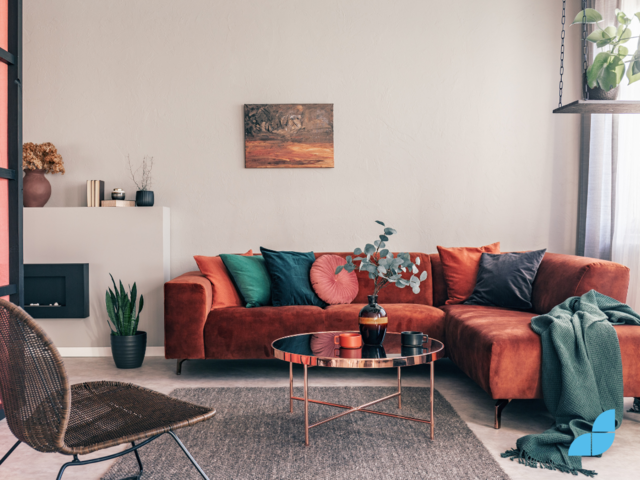
Identifying a Focal Point
The first thing to consider when approaching a design is to identify the natural focal point of the room. This is the feature in a room that catches the eye and serves as the center of attention. This is often a fireplace, a large window, or a piece of artwork but it can be anything that stands out as the main attraction in a room. If the room doesn't have a natural focal point, it's important to create one. There are endless ways in which to achieve this including a piece of sculpture, oversized furniture or an interesting or unique light fitting.
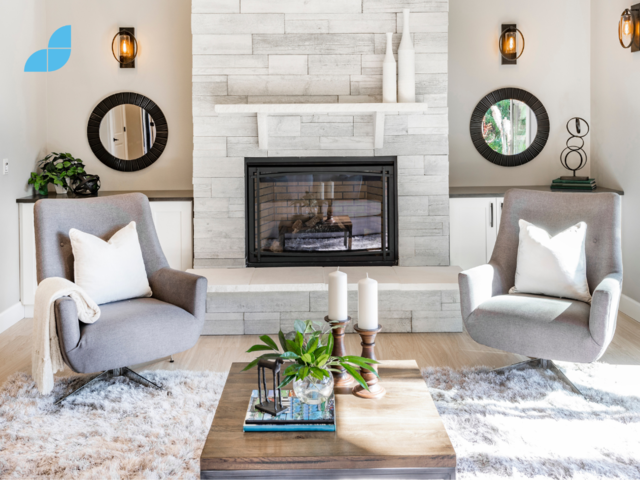
Using Design Elements to Draw Attention
Once a focal point has been identified or created, then it’s time to incorporate design elements that will draw attention to it. Color, lighting, art, and furniture are just some of the elements that can be used to draw attention to a focal point.
When using color, there are many ways to draw attention to a focal point including contrasting or complementary colors. When the focal point is a bold color and the surrounding walls are a neutral color, it can create a striking contrast that will draw the eye. Similarly, using complementary colors on both the focal point and surrounding elements can also create a visually pleasing and cohesive design.
Lighting can also be used to draw attention to a focal point. For example, using a spotlight or a wall sconce to highlight a piece of artwork or a statement piece of furniture can create a dramatic effect that draws the eye to the focal point. These can also be fitted with dimmer switches or different types of light bulbs which can be used to create different moods and atmospheres in a room.
Art and furniture can also be used to draw attention to a focal point. For example, placing a large piece of artwork or a statement piece of furniture in a prominent position in a room can create a focal point that draws the eye and sets the overall design style of the room.
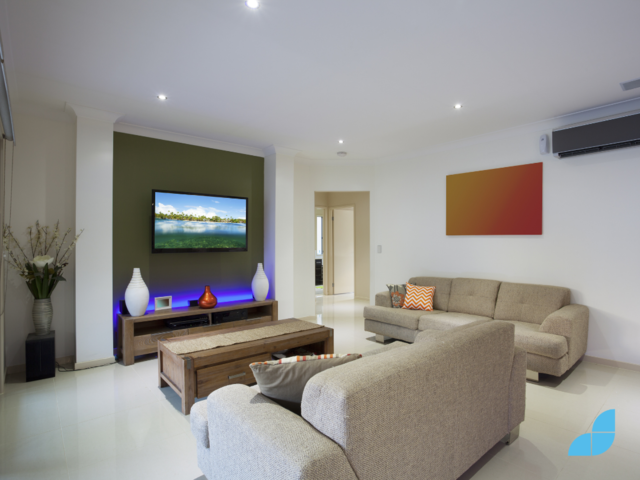
Mistakes To Avoid
Now that you understand the value of a focal point in a design and how to use design elements to draw attention to it, it's important to be aware of some common mistakes that can backfire and ultimately detract from the design.
Here are a few mistakes to avoid when creating a focal point:
- Overcrowding - One of the most common mistakes is overcrowding a room with too many focal points. This can create confusion and make it difficult for the eye to focus on any one feature. It's important to choose one main focal point and use other design elements to complement it. Many focal points can result in no focal point at all.
- Lack of Contrast - Another mistake is not creating enough contrast between the focal point and the surrounding elements. This can make it difficult for the eye to determine what the actual focal point is, thus detracting from its intended impact. A designer needs to be mindful of the visual hierarchy of a space. This can be achieved by using contrasting colors, textures, and sizes to draw attention to the focal point.
- Ignoring Scale - When scale is not considered, the focal point can become lost in a room. A focal point that is too small or too large can detract from the overall design and make the room feel unbalanced. It's important to choose a focal point that is in proportion with the size of the room and to use design elements that create visual harmony.
- Not Incorporating Functionality - When a focal point is purely decorative and not functional, it runs the risk of becoming a redundant space. Focal points should be both useful and visually appealing. Whether it serves a purpose as a fireplace or a desk or if it’s a piece of art or light, it will need to be accessible and functional in order to remain relevant to the design.
- Not Reflecting Personal Style - A focal point needs to reflect the personal style and taste of the inhabitants. It's important to choose a focal point that is enjoyed and respected by the inhabitants, otherwise it may clash with the overall design of the room and could be neglected over time.
By avoiding these common mistakes, you can create a focal point that enhances the overall design of a room and creates an interesting and harmonious ambience. Remember that creating a focal point takes time and effort, but with these tips and insights, you can avoid common missteps in your design.
Focus on the Focal Point
Creating a focal point in a room is an important design element that can incorporate that ‘finish’ that all designers value. By understanding and creating focal points and using design elements to draw attention to them, it's possible to create a cohesive and visually pleasing living space and can even elevate a room to include that wow-factor! It takes time and effort to create a strong focal point but it always pays off in the finished design.
Looking to create a beautiful and functional living space but not sure where to start? Our interior design courses can help you master the art of creating focal points and avoid common errors that can detract from a room's design. Our courses cover a wide range of topics from understanding different design principles and elements, color theory, lighting design, and more. Our experienced tutors provide hands-on training, real-world examples and expert insights to help you create a cohesive and visually pleasing living space. Sign up for our courses today and take the first step towards creating a personalized and inviting living space that reflects your personal style and taste. With the knowledge and skills you'll gain from our interior design courses, you'll be able to create focal points that enhance the overall design of a room and make your space functional, comfortable, and beautiful. Don't miss this opportunity to take your design skills to the next level, and make your dream home a reality. Enroll in our interior design courses today!

